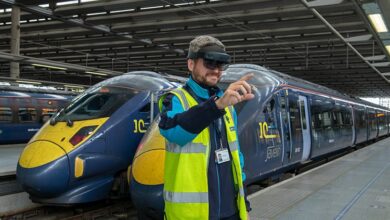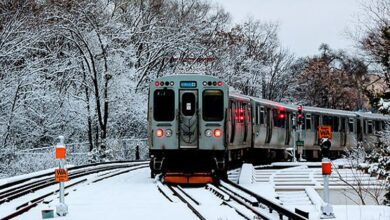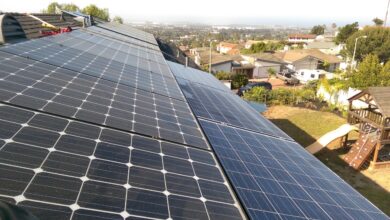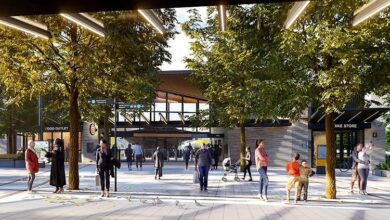This Net-Zero Community Got Hit Hard By Hurricane Milton And Is Fine
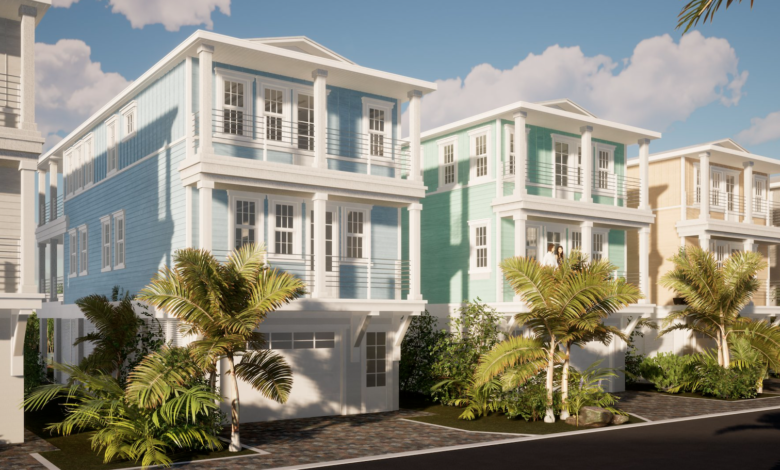
Sign up for daily news updates from CleanTechnica on email. Or follow us on Google News!
After Hurricane Ian, we discovered that a sustainable, cleantech-loving community down right in the brunt of the destruction held up superbly when communities around it did not. Now, another horrific hurricane has plowed through Florida a bit further north (right where I live, in fact) and another cleantech-focused community has demonstrated its superiority.
A new net-zero home development near the coast in Cortez, Florida, stood tall and strong despite category 3 Hurricane Milton doing its best to blow the three-story homes down. ” The developers of the new Hunters Point community, Pearl Homes, billed the property as the first ‘net-zero’ single-family home development in the US, meaning residents produce more energy from solar panels than they need, with the excess energy either being stored or sold back to the grid — in a state where most electricity is generated by burning natural gas, a planet-warming fossil fuel,” CNN reports.
Like other net zero buildings and homes, the developers thought about more than just emissions. They aimed to make these smarter than most developments. In this case, located where it’s located, Hunters Point has streets that are designed to flood in a way that protects the homes from flooding. They also include hurricane-proof windows and doors, and extra foam insulation to protect against flying objects. (Think of the crumple zones now built into cars to protect passengers in a crash.)
As it turns out, while there’s much wreckage and destruction in Cortez, Bradenton, Sarasota, St. Pete, Tampa, and elsewhere in the region from Hurricane Helene and Hurricane Milton, Hunters Point is basically fine.
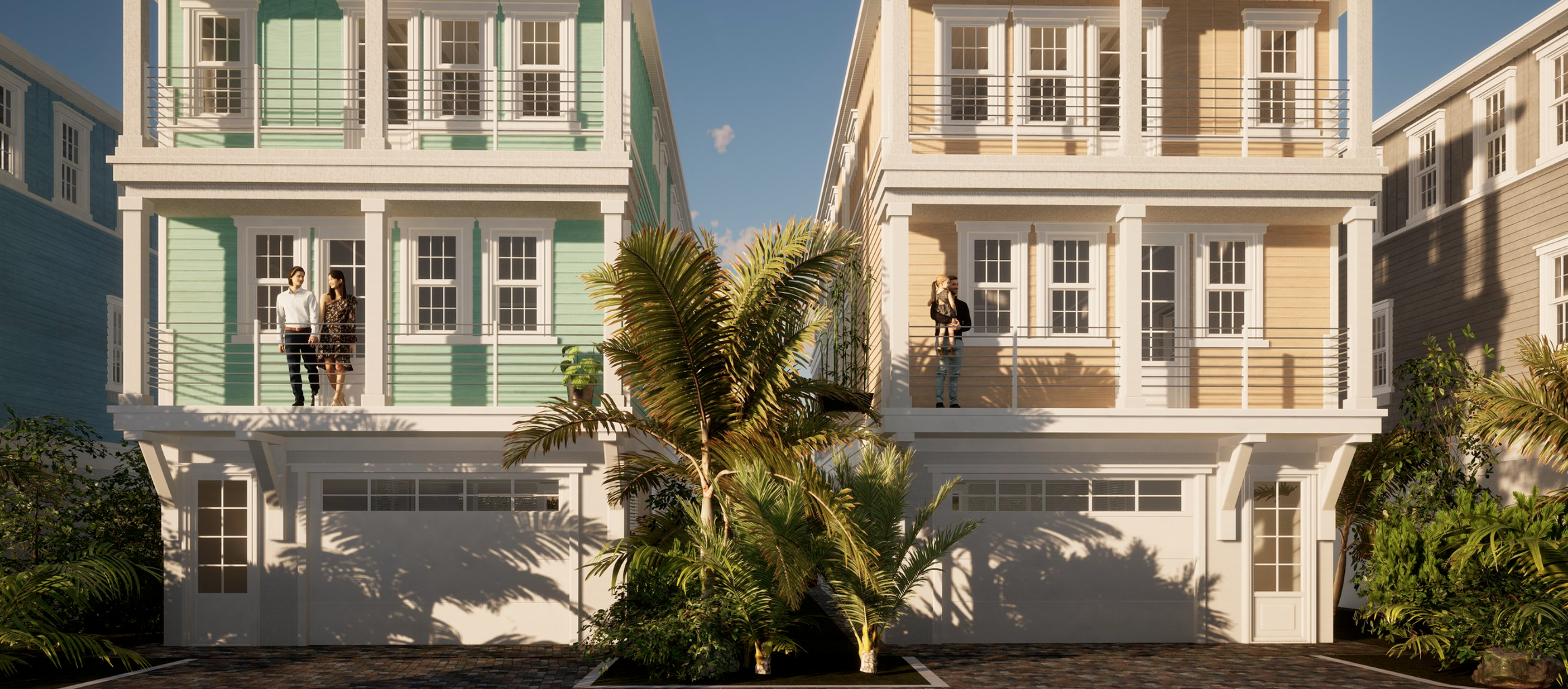
Hurricane Milton made landfall just about 30 minutes south of Hunters Point. “The storm dumped more than 18 inches of rain on St. Petersburg, which represents a more than 1-in-1000-year rainfall event for the area,” CNN adds. That’s just north of Hunters Point. (We’ll surely discuss whether a 1-in-1000-year rainfall event is still a 1-in-1000-year rainfall event in other stories.)
Also, while about 2.5 million people in Florida lost power during Hurricane Milton, especially in the area around this net-zero community, the solar power plus batteries at Hunters Point kept the lights on all day and night for the residents who stayed there. Clean energy may be seen as “soft” or “unreliable” by some critics or even normal people, but they are actually “hard” and reliable. The sun comes up quickly following a hurricane. Solar panels, secure where they started, collect that sunlight and produce electricity for their homes while most of the world around them is in chaos. Batteries store electricity as extra is generated and are ready to deploy it like clockwork when the sun is down. With solar and batteries, one need not worry if ~90% of the utility district is out of power (as it was in my case).
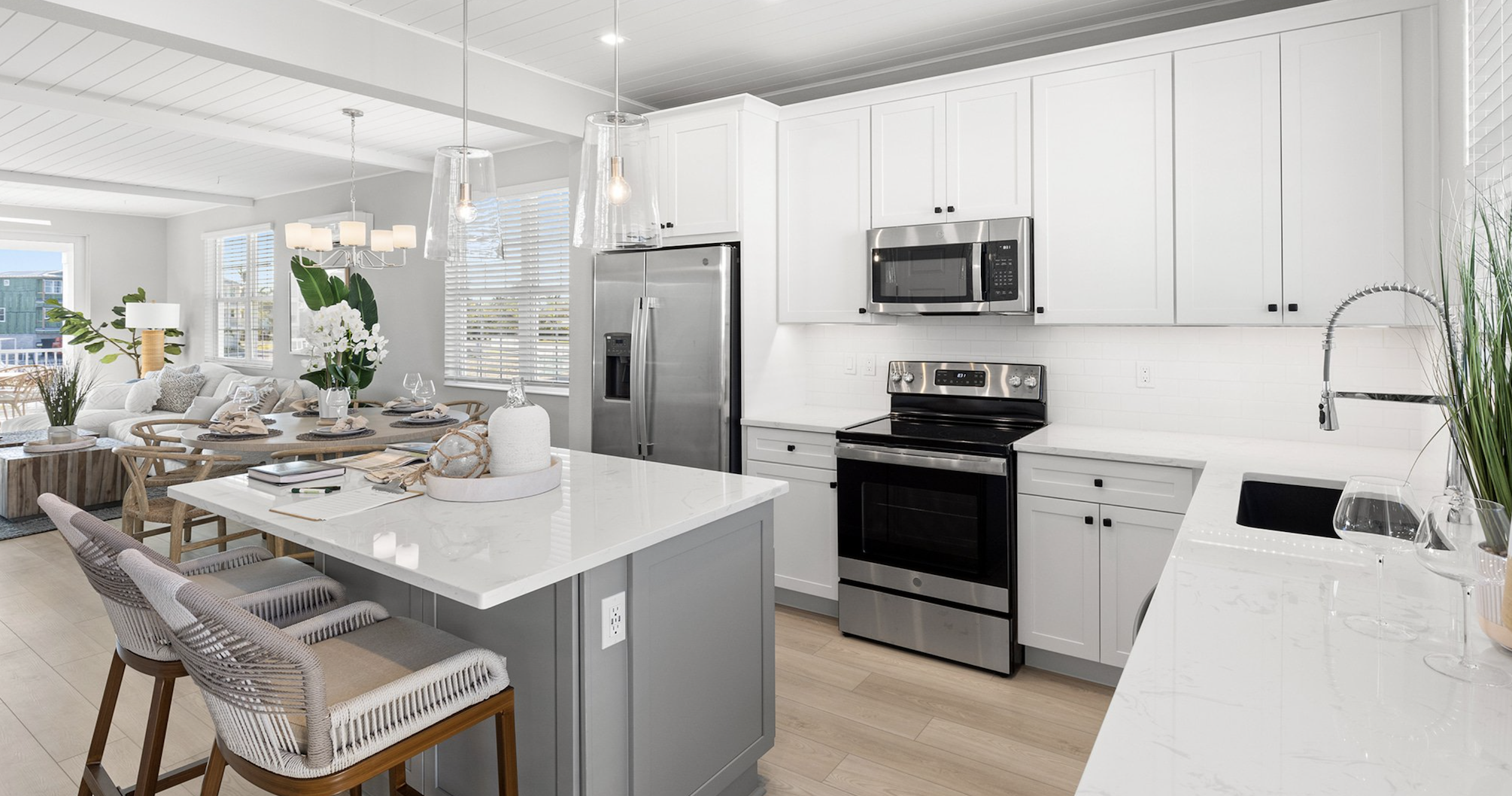
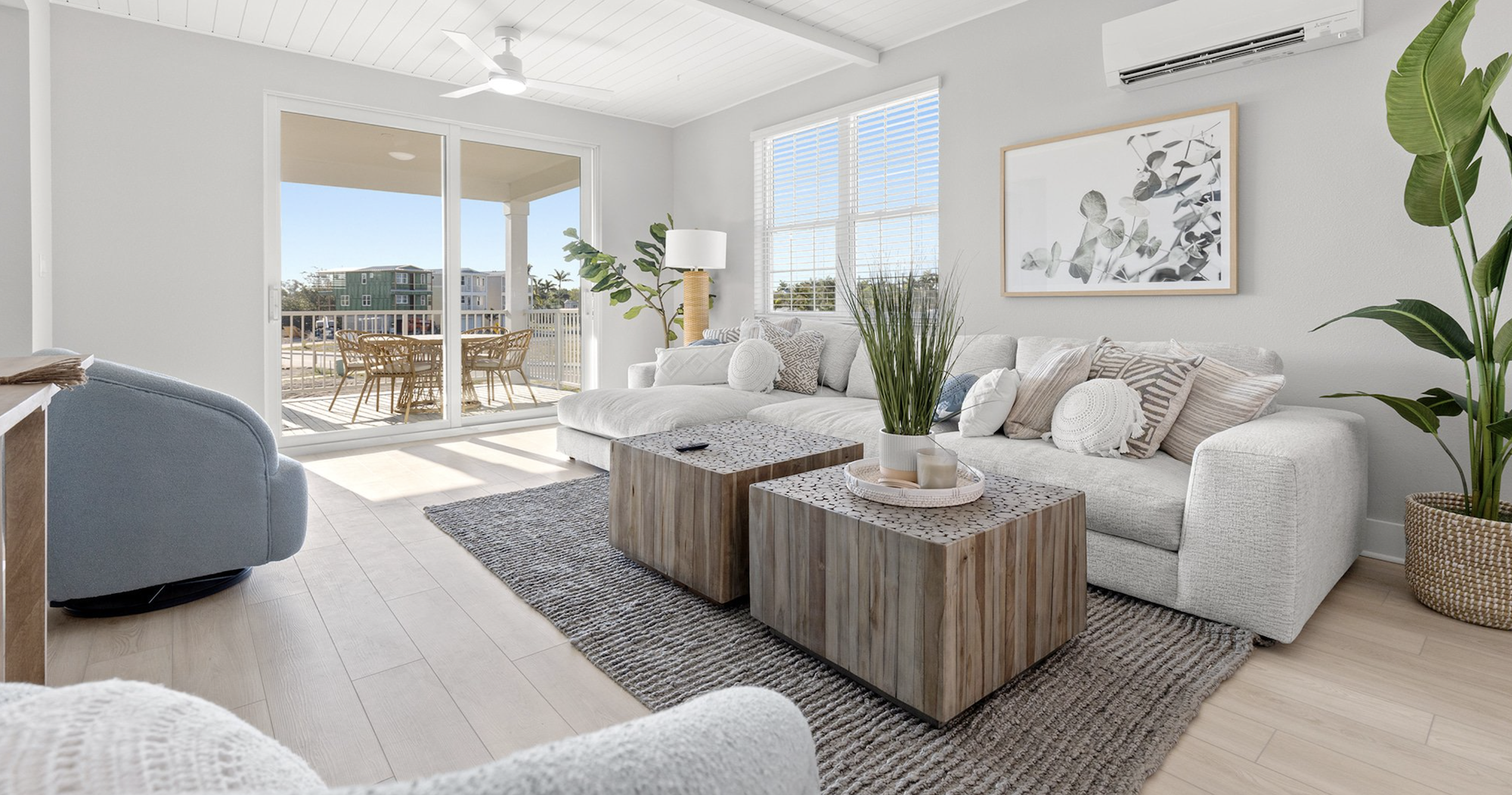
Perhaps I should visit Hunters Point soon and try to talk to some residents about their experiences. It’s about 45 minutes away from me. Let me know if you’d like more on-the-ground reporting on that. For now, here’s a bit more from CNN:
“When Gobuty started the design process for Hunters Point, it was imperative the homes be able to withstand Category 5 hurricanes. It’s the first residential development to get a Leadership in Energy and Environmental Design (LEED) net-zero certification in the world, according to the US Green Building Council.
“Each of the three-story homes are designed like this: The ground floor is a garage designed with flood vents to drain rising water. The living spaces start on the second floor, which is intentionally built 16 feet above sea level. From the roof to its foundation, steel straps secure the entire structure. Solar panels are attached to the roofs’ raised vertical seams to prevent them from flying off.
“The property also sits in a major flood zone, which meant the homes needed to be elevated to meet Florida’s building codes. Still, the developers went beyond the required 3 feet of fill dirt and used 7 feet instead to be safe.
Cool, eh? Cool and strong, and smart. Unfortunately, these homes are also expensive. But that’s about much more than the smart, hurricane-proof design features. The community currently has 31 homes built, while 86 are supposed to be completed in total. Perhaps CleanTechnica could crowdsource the purchase of one?




